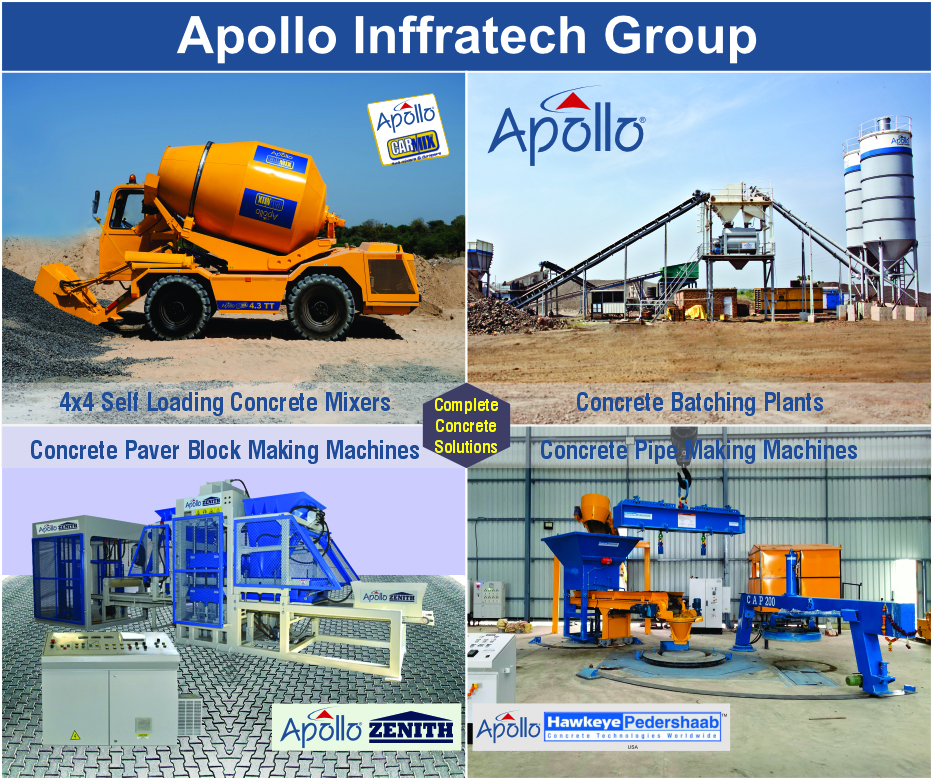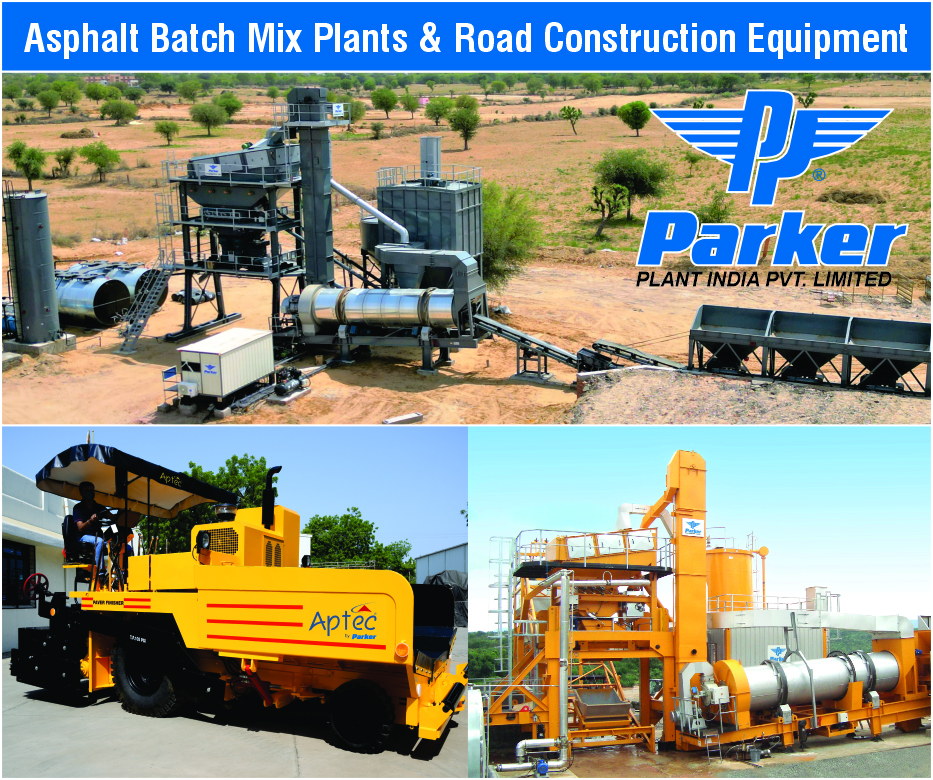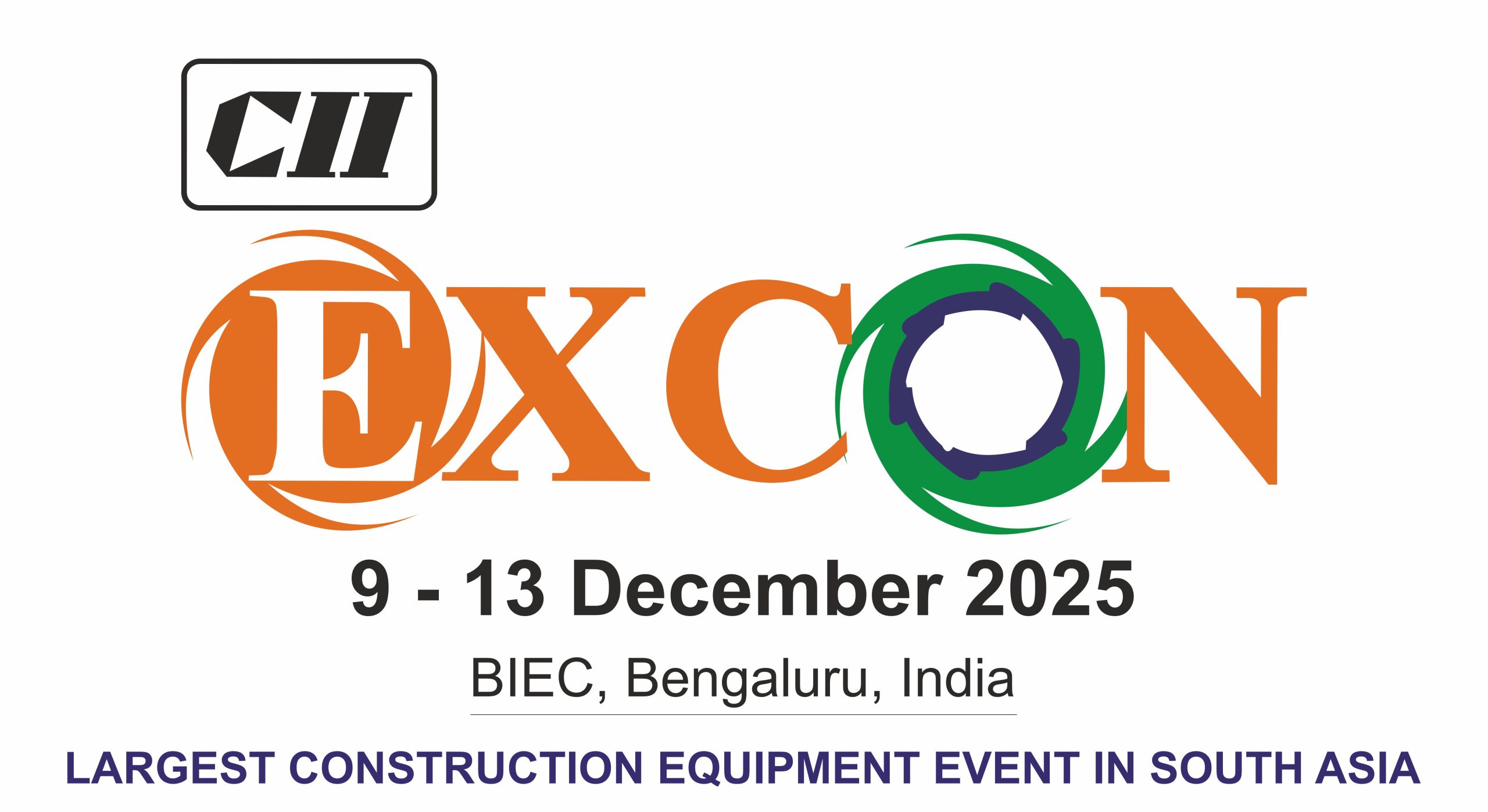Today’s joint visit by India’s Railway Minister Ashwini Vaishnaw and Japan’s Minister of Land, Infrastructure, Transport and Tourism Hiromasa Nakano to the Surat High-Speed Rail construction site is symbolic of two nations working in unison on a transformative journey.
They reviewed key elements of the Mumbai-Ahmedabad High-Speed Rail (MAHSR) project, including the track slab laying car and the track slab adjustment facility, both integral to ensuring safe and smooth high-speed travel. Their applause for the high construction standards and fast pace of progress underlines their confidence in this flagship venture.
What stands out is how this partnership between India and Japan is not merely about infrastructure, but about trust, knowledge exchange and shared ambition. The bullet train will not just shorten travel time; it will serve as a bridge between technology, investment and human capacity.
Moreover, the cooperation highlights India’s resolve to embrace advanced transportation while benefiting from Japan’s expertise in bullet train systems. The project is also a signal of future mobility for India: efficient, modern and meeting global standards.
In many ways, this is more than rails and machinery. It is a vision laid in concrete and steel, of cities and towns connected, of faster economic linkages and of new opportunities. When this corridor opens, it will stand as a testament to collaboration, planning and purpose.
India and Japan together are tracking not just trains, but a future where distance bows to speed and aspirations ride on rails.









